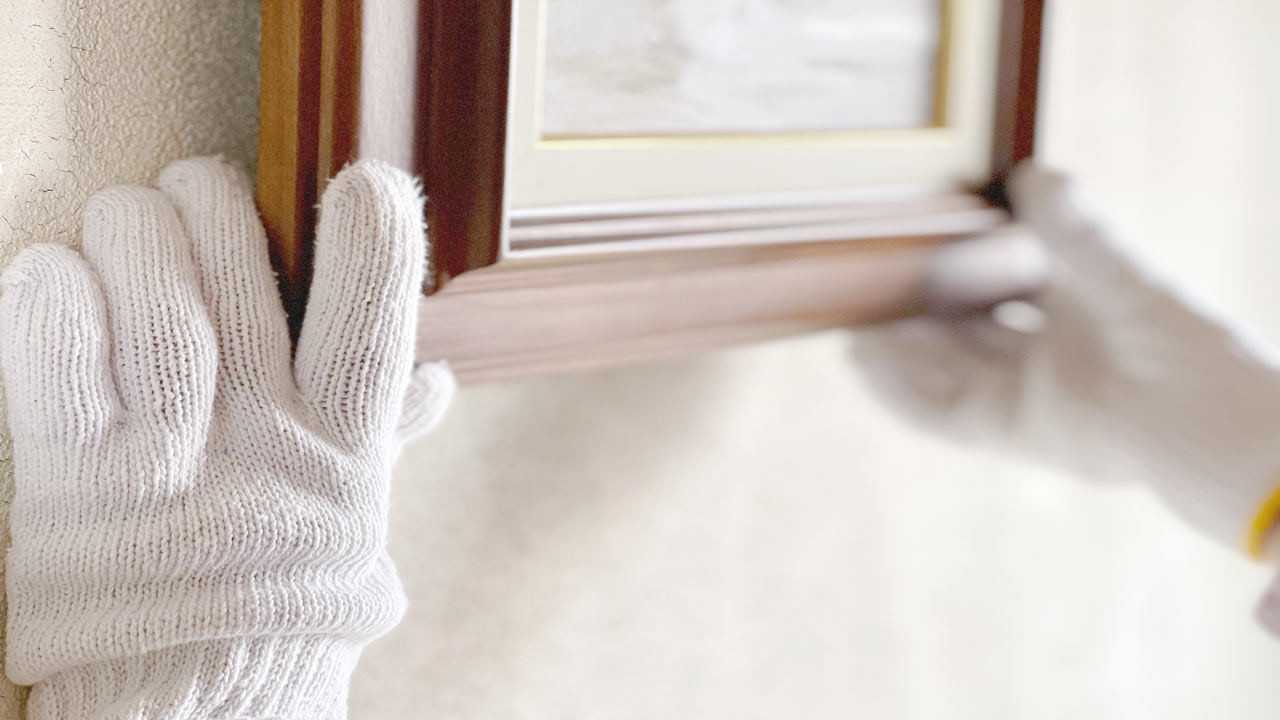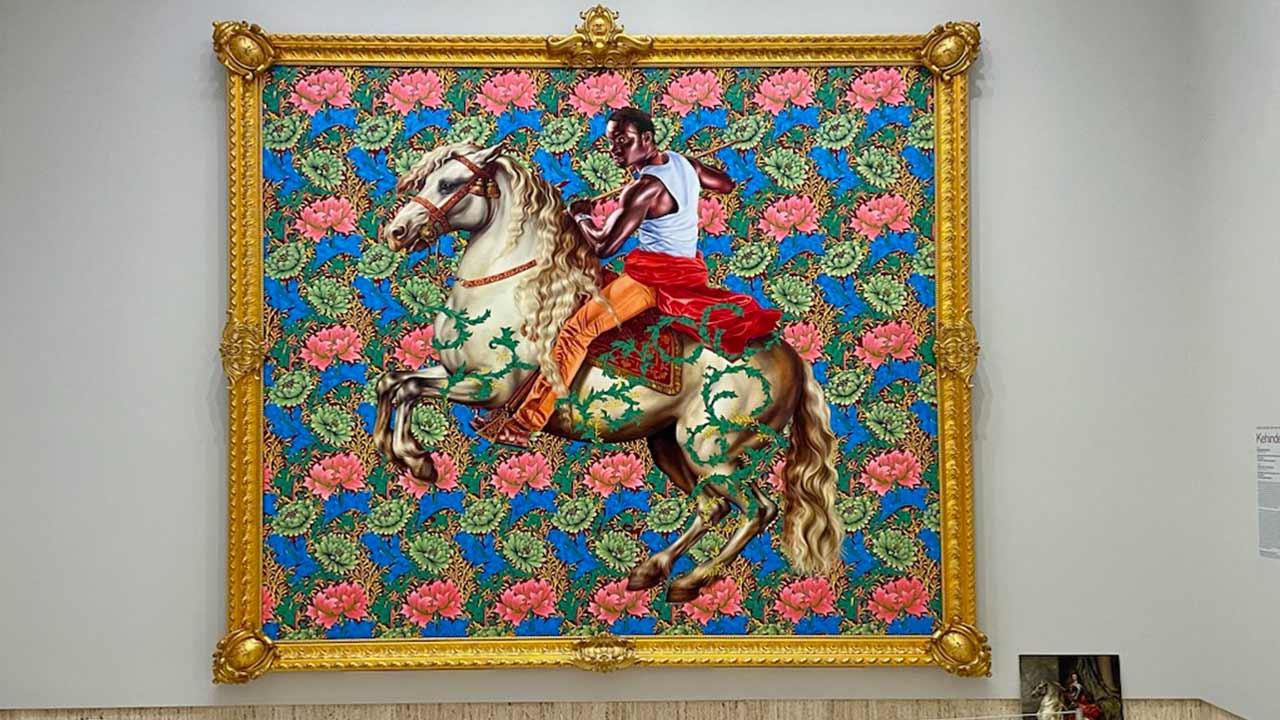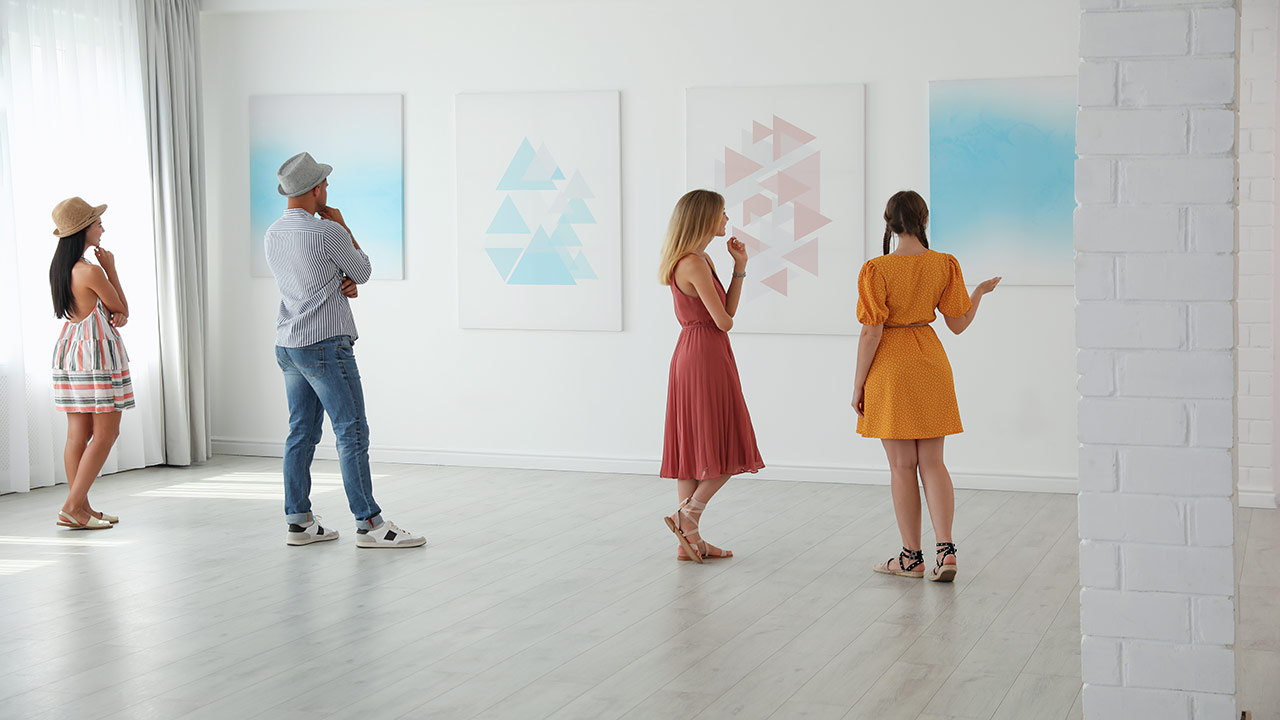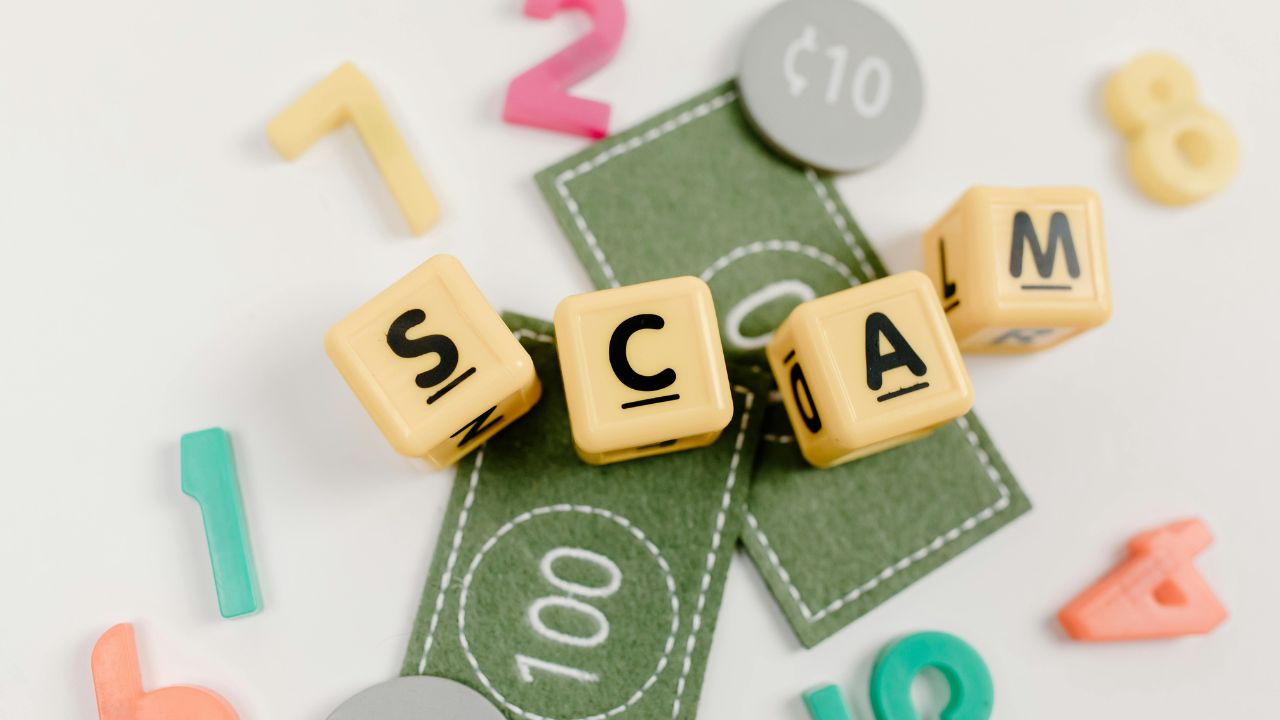Investing in alternative assets like fine art and collectibles can feel overwhelming, especially when you’re new to the field. However, it doesn’t have to be intimidating. While the risks are significant, the rewards can be even greater if you collaborate with experienced and credentialed advisors, dealers, and appraisers.
My spouse and I have worked closely with reputable galleries and appraisers for several years. This approach has allowed us to invest with passion and informed judgment, ensuring our art purchases are heartfelt and educated. Through this journey, we’ve gained valuable insights.
Is Art Investing Worth the Risk?

Like the traditional stock market, investing in fine art, also known as Blue Chip art, always carries risks. Counterfeits and forgeries are still prevalent, and with advancing technology, even experts find it increasingly difficult to spot fakes. The art market is volatile, with values often fluctuating in cycles.
I recently discussed risk mitigation in art investments with Aviva Lehmann, Senior Vice President and Director of American Art at Heritage Auctions. She emphasized, “Fakes, forgeries, and misrepresentation by sellers are constant concerns. Only work with reputable houses and advisors. Do your homework.”
Using databases like ArtNet or askArt can also help you thoroughly research artists and their work.
Be Aware of Fees and Tax Obligations

If you aim to invest in Blue Chip art and hold onto your collection for a while, you might see the piece values appreciate. However, this isn’t guaranteed, and you may face significant costs related to appraisals, insurance, storage, maintenance, and restoration.
If your collection does appreciate and you decide to sell, be aware that capital gains sales tax is a hefty 28%. Selling within a year of purchase will result in the piece being taxed as ordinary income. Lehmann advises, “Always get multiple opinions from at least two reputable dealers or auction houses. Don’t rush—do your homework and find the ideal selling venue.”
Unlike stocks, bonds, and commodities, art investments rarely come with a clear comp sheet for analysis. As Lehmann notes, “Certain blue-chip artists in the American Art arena, such as Georgia O’Keeffe and Norman Rockwell, remain strong and consistent. Other areas fluctuate in cycles.” Due to this uncertainty, investing in art can be a gamble. However, art investment is often about more than just financial returns; it’s about the love of the piece and the joy of having something beautiful to admire every day.
Reward of Art Investment

Investing in art offers many rewards, the most significant being the beauty of a unique creation in your home. Whether its value appreciates or depreciates, an original piece of art can enrich lives and be cherished for generations.
Diversifying your investments across different asset types, such as stocks, real estate, and art, is a smart risk management strategy. Art is particularly suited for diversification because it typically doesn’t move in sync with the economy or stock market, making it a low-correlation asset.
Several factors influence the potential for art appreciation, including trends and what collectors seek. Lehmann notes, “Early American Modernism remains strong, but diversity in collecting, particularly women artists and artists of color, is currently very popular.”
She also emphasizes that art’s value is tied to its condition, rarity, provenance, quality, and market demand. Working with a reputable and experienced art advisor is crucial for making informed decisions and enjoying the collecting process safely. As Lehmann suggests, auction house specialists are always available to guide and advise new collectors.




